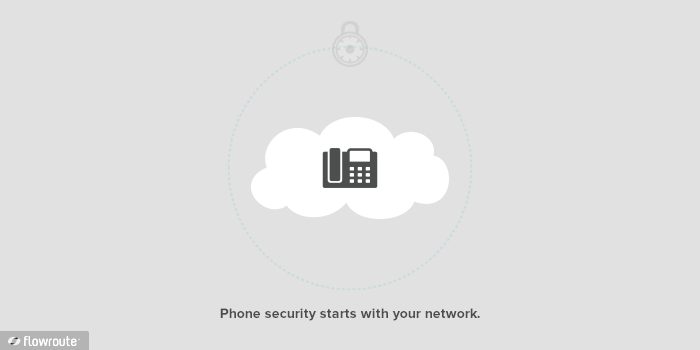I am going to say one thing about the negative perceptions surrounding security of SIP trunking: Security is in your hands.
SIP trunking isn’t at fault for the security breaches you may have read about. It doesn’t make your calls more eavesdropable. Any call that travels over the PSTN can literally be listened to with jumper cables and a headset. And there’s a good chance any call that leaves your internal network will touch the PSTN. And SIP trunking doesn’t necessarily hand out your login credentials like Show flyers in Vegas. In fact, it can make calls more secure.
You can try to protect your calls with encryption, but the only way to ensure your encrypted transmissions are not intercepted is to broadcast over a network with end-to-end encryption that you control 100% (your internal network). Once a signal leaves your network, it is out of your protection. You could add a level of security to SIP trunking calling by using TLS, or SIPS, but, once calls arrive at the PSTN, audio will be decoded.
The fact of the matter is, the security of your system is only as strong as your weakest link – your network. Malicious activity on your SIP account requires access to your network. To secure your SIP connection, you first need to secure your network from intruders.







